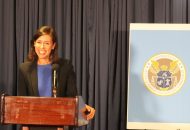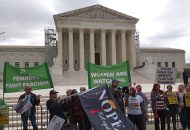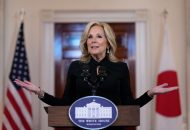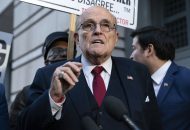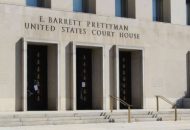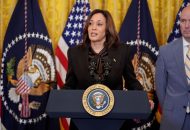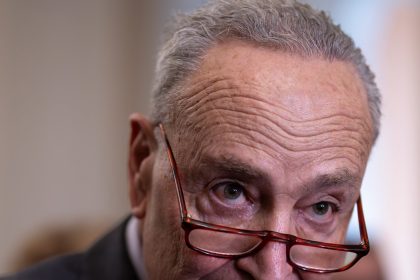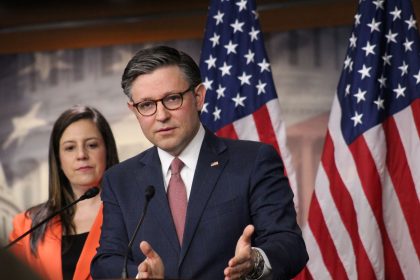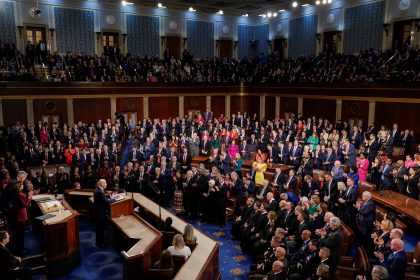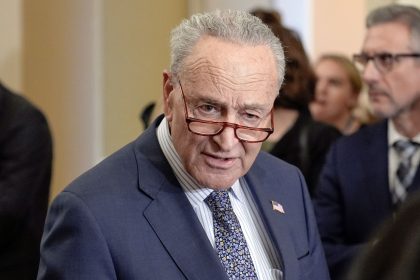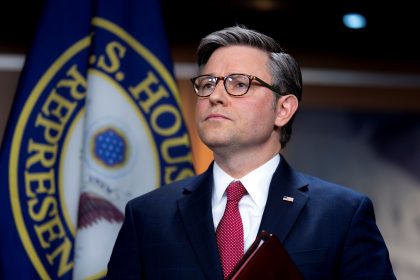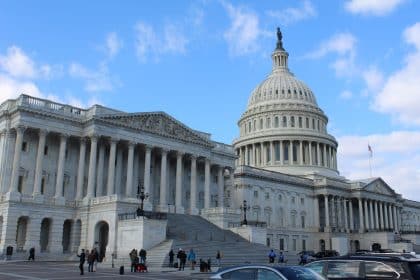Non-Profit’s 10-K For the Federal Government Paints Bracing Picture
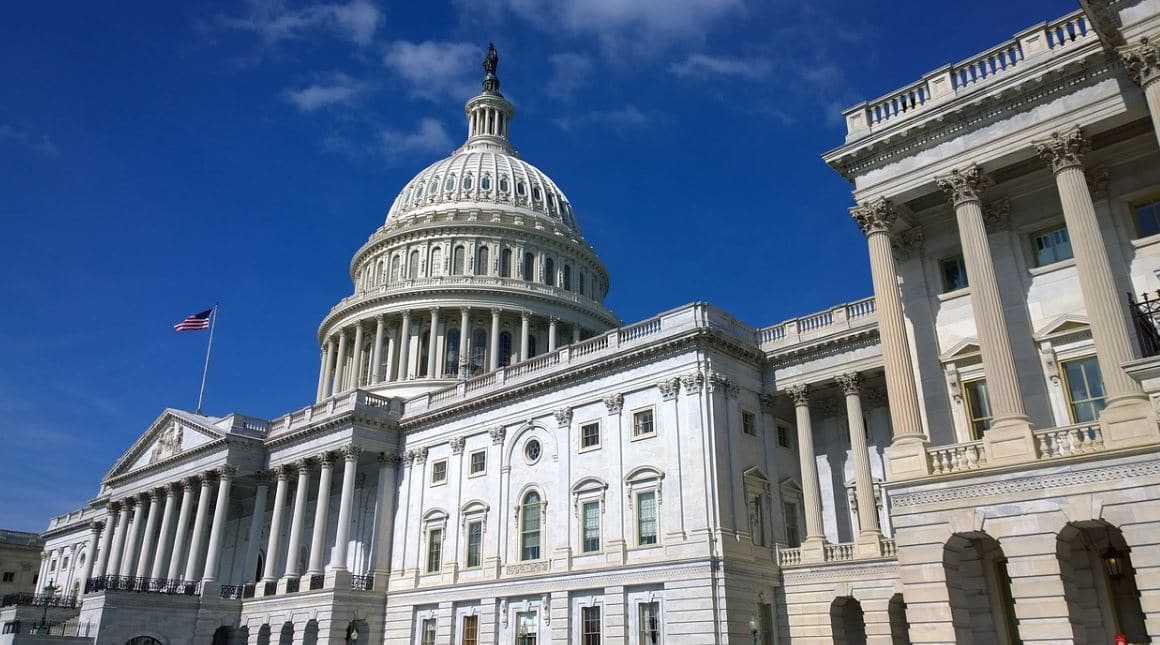
Think about it. Every public corporation in America is required to make frequent filings to the U.S. Securities and Exchange Commission.
These reports provide a comprehensive summary of the company’s performance, the risks it foresees encountering in the near and far term, and the controls management it has put in place to buffer those concerns.
These filings, easily accessible on the SEC’s website, are a treasure trove for investors and reporters.
Yet when it comes to the finances of the federal, state and local governments, no such filing requirements exist. You get what you can from a myriad of sources — fuzzy Polaroids in the age jpegs — and hope the aggregate is something meaningful.
It’s a situation that bothered former Microsoft CEO Steve Ballmer, who now owns the L.A. Clippers basketball team.
Ballmer and his wife Connie co-founded The Ballmer Group to invest in non-profit efforts to improve the economic mobility for children and families. At the time, Ballmer knew that the government was by far the largest investor in economic mobility for Americans.
But as The Ballmer Group continued its work, the founders realized more access to information was needed for the public to see how government money was being spent and what it was accomplishing.
The result was USAFacts, a nonpartisan, not-for-profit organization established as a separate legal entity from The Ballmer Group that was founded on the premise that “facts matter and public data should be available and understandable.”
On Tuesday, in cooperation with its partners — the Penn Wharton Budget Model, the Stanford Institute for Economic Policy Research, and Lynchburg College — they released the 2019 United States Government’s 10-K, a 212-page report intended to highlight not only the state of the government’s finances, but other key metrics that show the state of the nation.
It’s key findings are summarized below:
Social and Healthcare Spending Is On The Rise
As the United States’ population grows older — a recent study by the AARP found 10,000 baby boomers are turning 65 every single day — the government is spending more on Social Security and Medicare.
Between 2006 and 2016, the USAFacts report says, Social Security payments increased $360 billion or 66 percent, while Medicare payments went up $305 billion or 82 percent.
Both of these figures went up due to a growing elderly population as well as increasing payments and costs. During that period, the American population 65 years and older went up 12.1 million or 33 percent, the report says.
The organization forecasts that without policy changes, the Medicare Hospital Insurance Trust Fund could be depleted as early as 2023 and the Old-Age and Survivors Insurance and Disability Insurance trust funds may be depleted as early as 2030.
Government Spending Outpaces Its Revenue
The United States posted its largest-ever monthly budget deficit in February and just this past month, the U.S. Treasury Department forecast that the shortfall between what the government spends and what it takes in will exceed $1 trillion by late September.
According to USAFacts, in 2016, federal, state and local governments combined took in $5.097 trillion, up 26 percent from $4.04 trillion in 2006.
But spending during that period increased nearly $800 billion more, with $5.852 trillion in expenditures in 2016, which is up 43 percent from the $4.082 trillion spent in 2006.
Except for revenue from corporate taxes, which decreased 13 percent among all governments between 2006 to 2016, the government has seen an increase in revenue from all other taxes, due to both changes in tax policy and higher overall taxable income.
In addition to growth in Social Security and Medicare payments, the federal government saw a $95 billion increase in spending on veterans’ benefits during that period, despite a 15 percent decline in the number of veterans, the report says.
State governments saw a $246 billion or 85 percent increase in Medicaid and CHIP payments as the number of enrollees has increased since the 2010 enactment of the Affordable Care Act.
It should be noted the report does not include analysis of the federal tax changes that went into effect in 2018.
Spending on Financial Assistance Programs Is In Decline
Multiple government programs aimed at helping the disadvantaged saw spending increase in the years following the onset of the Great Recession in 2008. But participation in and spending on many of those are now declining.
Unemployment insurance benefit spending dropped 78.4 percent from $137 billion in 2010 to $29.5 billion in 2017, USAFacts says.
Spending on Temporary Assistance for Needy Families, informally known as “welfare,” dropped 13.7 percent from $33.2 billion in 2010 to $28.7 billion in 2017. The number of monthly recipients in the program has dropped 41.3 percent from 4.4 million in 2010 to 2.6 million in 2017.
Between 2015 and 2018, Supplemental Nutrition Assistance Program (SNAP), a food assistance program, saw a 13 percent drop in benefits ($60.6 billion from $69.6 billion) and an 11.9 percent drop in monthly recipients (40.3 million from 45.8 million).
Households Earn, Spend and Save More
USAFacts found that American households are earning, spending, and saving a bit more than in the past, but they are also less likely to own their own homes.
Between 2006 and 2016, the median annual wage has increased 2 percent, from $36,210 to $37,040. The average household increased spending just 1 percent, from $92,606 to $93,937. The disposable income savings rate has also increased from 9 percent to 13 percent, the report says.
During the same period, homeownership has dropped as a percentage of households from 69 percent to 64 percent.
Natural Disasters Are Becoming More Costly
Disaster costs increased 256 percent in the past decade even as the disaster declarations decreased 28 percent. Per disaster, costs increased 382 percent over the past decade, the report says. Costs, on an absolute and per disaster basis, have increased over the past decade for floods, fires, and other disasters.
Overall Crime Is Down, Violent Crime Somewhat More Common
While property crime rates fell 27 percent between 2006 and 2016 and violent crime rates fell 19 percent, violent rates did increase 3 percent between 2015 and 2016, the report says. During that same one-year period, the drug-related arrest rate increased 5 percent.
Incarceration rates, both in general and among youths, have fallen since 2006.
Federal Government Spending Less On Higher Ed
The average annual cost of undergraduate education, adjusted for inflation, increased 28 percent between 2006 and 2016, the report says. At the same time, federal spending on education dropped $26 billion or 67 percent. Between 2015 and 2016, there was a $14 billion or 58 percent decrease in Federal Direct Student Loans (FDSL) expenditures.
The entire 2019 United States Government’s 10-K compiled by USAFacts can be read here.









